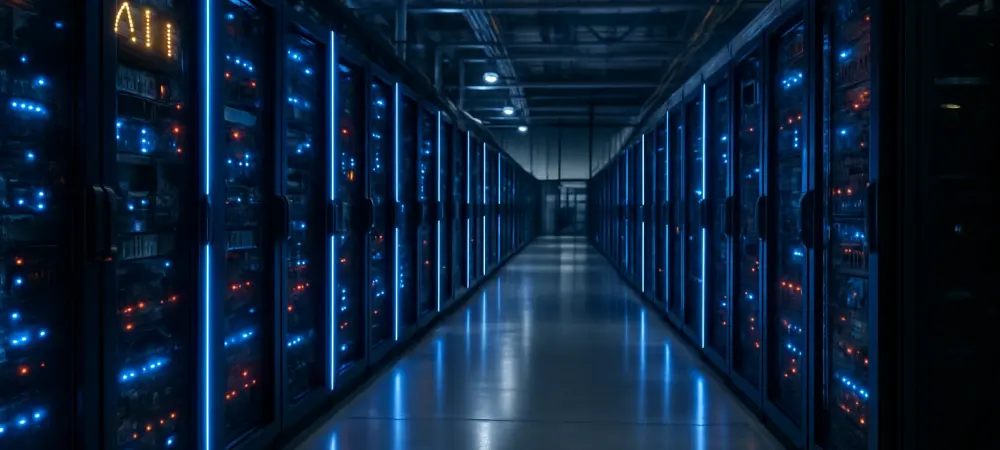Imagine a cutting-edge data center, buzzing with the latest technology, where high-performance GPUs are tasked with powering complex AI workloads through virtual machines, only to grind to a halt due to an unexpected glitch. This scenario is becoming a harsh reality for users of Nvidia’s newest RTX 5090 and RTX PRO 6000 GPUs, built on the Blackwell architecture. A severe virtualization reset bug has surfaced, rendering these powerful graphics cards unresponsive and forcing full system reboots to regain functionality. This issue has sparked frustration across enterprise environments and home labs alike, raising questions about the reliability of such advanced hardware in critical setups. As virtualization becomes increasingly central to modern computing, understanding the scope and impact of this problem is essential for anyone relying on these GPUs for multi-tenant or shared workloads.
Unpacking the Virtualization Reset Bug
Understanding the Core Issue
At the heart of the problem lies a critical failure during a standard procedure known as PCIe function-level reset (FLR), which occurs when a virtual machine (VM) shuts down or a GPU is reassigned in virtualization setups using KVM and VFIO for passthrough. When this reset is triggered, the host system expects the GPU to return to a usable state. However, with Nvidia’s Blackwell GPUs, the process stalls, resulting in a timeout error visible in kernel logs. System tools like lspci can no longer detect the card, leaving it in a completely unresponsive state. The only remedy currently available is a full power cycle of the host machine—a disruptive solution that halts all operations and underscores the severity of the defect. This issue, first highlighted by a prominent GPU cloud provider, has revealed a significant flaw in an architecture designed for high-performance computing, affecting users who depend on seamless virtualization for their workflows.
Scope Beyond Enterprise Use
While enterprise environments with multi-tenant AI workloads are heavily impacted, the virtualization reset bug extends its reach to individual enthusiasts and early adopters as well. Discussions on various tech forums reveal a shared experience among home lab users, many of whom report complete system hangs or soft lockups of the host CPU after a guest VM shutdown. Unlike older Nvidia models such as the RTX 4080 and 4090, which handle FLR procedures without issue, the Blackwell architecture appears uniquely susceptible to this failure. Attempts to tweak PCIe settings, including ASPM or ACS configurations, have yielded no success, further illustrating the complexity of the bug. This widespread occurrence across different user bases—from large-scale cloud providers to solo tinkerers—emphasizes that the problem is not an isolated anomaly but a systemic concern tied directly to the latest GPU family, demanding urgent attention.
Broader Implications and Industry Response
Challenges for Virtualized Workloads
The role of FLR in virtualization cannot be overstated, particularly in setups where GPUs are shared among multiple VMs for tasks like AI training or rendering. A failure in this process, as seen with the Blackwell GPUs, can cascade into a complete host system breakdown, disrupting operations and eroding trust in the hardware’s reliability. This is especially troubling for industries that rely on consistent uptime and resource allocation, where even a single GPU failure can cause significant downtime. Organizations and individual users alike have voiced concerns over the potential long-term impact on adopting these GPUs for virtualized environments, a practice that continues to grow in both professional and enthusiast spaces. The frustration is palpable, with some entities publicly questioning whether this constitutes a hardware defect, highlighting a broader anxiety about deploying cutting-edge technology in mission-critical applications without robust fail-safes.
Nvidia’s Silence and Community Efforts
Amidst the growing unrest, Nvidia has yet to provide an official statement or workaround, leaving affected users in limbo without a clear timeline for resolution. This lack of communication only fuels uncertainty, as the bug remains a reproducible issue across various use cases with no mitigation in sight. In response, the community has taken the initiative, with a GPU cloud provider offering a $1,000 bounty for anyone who can identify the root cause or propose a viable fix. Reports from diverse sources, spanning cloud providers to forum contributors, converge on the urgent need for a solution, reflecting a collective concern over the reliability of Blackwell GPUs. Looking back, this situation underscores the importance of transparency from hardware manufacturers when defects arise. Moving forward, stakeholders should monitor community-driven efforts for potential breakthroughs while advocating for faster response mechanisms from Nvidia to prevent such disruptions in future architectures.

